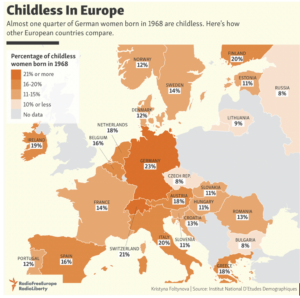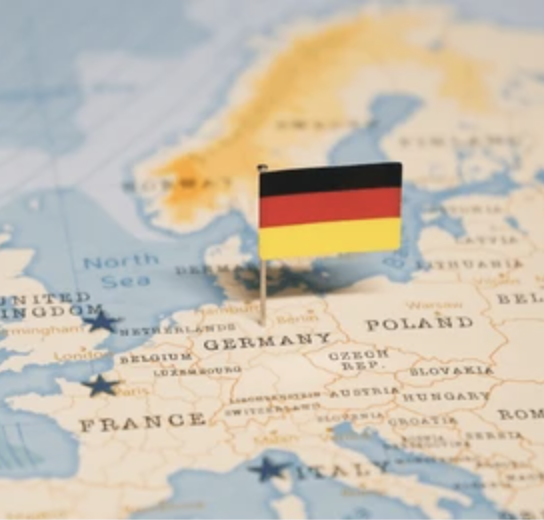In deze blog werpen we een blik op onze Duitse buren en onderzoeken wat we van de Nederlandse en Britse Legacy Monitors kunnen leren over de markt en het potentieel voor nalatenschappenwerving in Duitsland. Dit artikel is een vertaling van een bijdrage die in november verscheen in het Duitse Fundraising Magazine.
Legacy fundraising presents challenges for fundraisers. How do we determine the future potential of our organisation? How do we justify investments and decide where they should be made? Despite my awareness of the significant potential in legacy fundraising, in my first years, I often lacked the relevant data for strategic planning and discussions with managers or board members to support investments. Data analysis was my key to success back then.
The Legacy Monitor, a best-practice example from the Netherlands and the United Kingdom, can help as a guide here. The Monitor annually analyses charitable legacy donations, providing NGOs with detailed insights into donation volumes, overall market forecasts, and individual performance. The UK Monitor forecasts legacy donations of up to £4.2 billion for 2027. In comparison, given its smaller population, the NL Monitor predicts revenues of €385 million for the top 100 NGOs in the same year. The Monitor’s analyses are based on econometric models tailored to each country. Nonetheless, we can identify key factors that can lead to conclusions for the German market.
The Macro Level
The income of NGOs from legacies is composed of the number and value of bequests. Crucial to this is how many people include charitable organisations in their wills. This is influenced by:
- Demographic trends in Germany, characterised by an ageing population and increasing mortality rates, are leading to a rise in legacy donations to charitable organisations. Approximately 24.8 million Germans are now 60 years or older. Demographic patterns are comparable to those in the United Kingdom and the Netherlands, where the anticipated legacy donations primarily will come from the “Baby Boomer” generation in the coming years.
- Economic factors are influencing the volume of legacy donations. Similar to their neighbouring countries, the ageing Baby Boomer generation has more to bequeath compared to previous and probably subsequent generations. While precise data is lacking in Germany, the total inheritance volume, including donations, is estimated to reach approximately 400 billion euros annually by 2027. If only 1% of this amount is bequeathed to charitable causes, it equates to 4 billion euros per year.
- Behaviour – also in Germany, there is a growing willingness to include charitable organisations in one’s will. Various factors contribute to this trend, but one of the main reasons is the increasing childlessness in the country; Germany has the highest proportion of childless women in Europe. Approximately 23% of women born in 1968 are childless, which may lead to an increase in legacy donations in the future, as childless individuals are more inclined to leave gifts in wills to charitable organisations.

Given these factors, legacy donations for charities in Germany could develop similarly positively to those in the Netherlands and the UK. However, NGOs must collaborate to foster this growth. A deeper analysis of the German market would be highly valuable and beneficial for enhancing performance and increasing market share.
Every organisation is unique – recognise and understand your own profile.
The Micro Level
From the Legacy Monitor, we also learn the importance of examining specific internal data and drawing insights from it. Participating organisations collect their own data on legacy donations, which are then analysed by the Monitor. This allows organisations to understand and interpret their individual situations. Additionally, using the data, comparisons can be made with other participating organisations. Each charity has a unique profile regarding legacy donations.
This profile becomes especially apparent when analysed in the context of and in comparison to other organisations. Revealing aspects include the number and value of received legacy donations, the ratio of pecuniary versus residuary gifts, the charity donor profile, co-beneficiaries, and the growth rate.
Organisations that understand their data establish a solid foundation for informed investment decisions in the field of legacy fundraising and budget allocation. This knowledge promotes well-founded decisions.
Lena Vizy, November 2023


Je moet ingelogd zijn om een reactie te plaatsen.